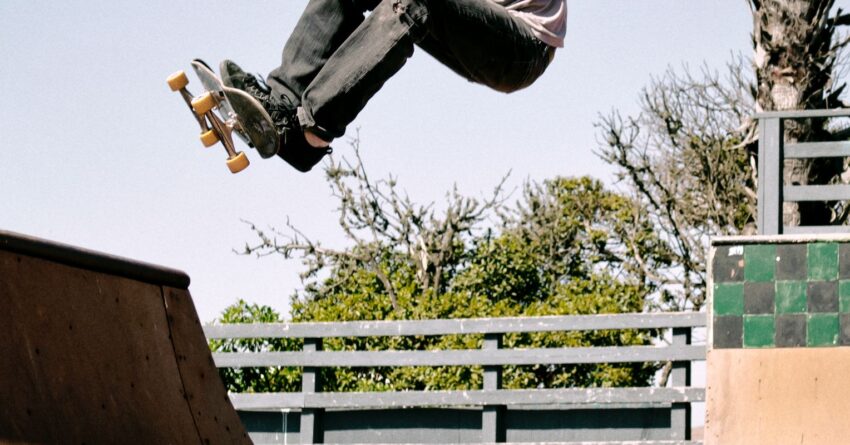People think about what happens more than what doesn’t happen. We think of what we’ll do today, not what we’ll prevent ourselves from doing as a product of our self-control, our constraints on dithering. We think about bringing order to our lives more than we think of the prevention of disorder. We pay more attention to our to-do list than our to-don’t list.
Yet many big scientific breakthroughs came from thinking about what doesn’t happen. To understand evolution, Darwin focused on the organisms prevented from surviving. Communications theory’s biggest breakthrough (binary bits) came from thinking about the messages not sent. The second law of thermodynamics which should be called the first law of everything—that everything tends to degenerate— resulted from thinking about how unlikely orderly configurations are. It turns out constraints or “unlikelifications” explain lots.
I collaborate closely with biologists who focus on constraints—how they emerge and change what happens. I apply what I learn in that collaboration to thinking about everyday life. It’s why I think of my everyday life as like driving on winding uncharted roads, constraining myself to stay within constraints on both sides. I think of our behavior as a product of our self-constraint, self-control, self-discipline, or de-liberation, and our accumulated external constraints as “grooves” that help limit our behavior down to a range of habits that keep us grooving through life.
When our external grooves are reliable, we can ignore them, or assume that we’re running on self-control alone. If you’ve had a supportive partner and satisfying work, you can feel like you’re self-made.
But sometimes our external grooves widen, get wonky, or wash out, leaving us shallowly held. Your partner leaves. Your friend turns on you. You lose your job. Someone important to you dies. It’s like the path giving out on a hike deep in the woods. It’s a disorienting, ungrounding feeling just when you need to feel grounded enough to get your bearings.
You become disoriented, unmoored, flustered, skittish, hypersensitive, flailing, defensive, “fragid” (fragile and rigid). You lose your resilience. You’re easily thrown off balance just when you need your balance most so you can find new external grooves to hold you.
Call it the “undone conundrum,” trying to find your new groove when you’re most freaked out at having lost your old one. It’s how people end up in disastrous rebound relationships; how people who hit rock bottom don’t always climb out into a healthier groove; and how, when the going gets tough, people lurch into cults, simply to be held again; why, when flustered, we should count to 10 but are too upset to want to. It’s why we remind ourselves to turn the other cheek but can’t when we’ve been slapped, and why grace under pressure (or, more accurately, when depressurized by the loss of external containment) is so hard to achieve.
You’ve heard the saying. Don’t just do something; stand there. It’s like counting to 10 or like the line from the Tao ,“Have you the patience to wait for the mud to settle and the water to clear?” In an emergency, you can’t afford to, but often you can; you just don’t feel like it. So:
- Distract: One way to pause when you don’t feel like it is to upstage your anxiety with something stimulating. Parents often distract tantrum-throwing toddlers, and it works for adults too. When I’ve lost my groove and need time to calm down, I might watch a lot of engrossing TV. Just to pass the time. Of course, that can become a dangerous groove, too, like drowning your sorrows in booze. But, within reason, it enables you to ease into your disorientation in ways that enable you to reorient in ways you won’t regret.
- Self-grace: I like the mantra, “I just have to be sad for a while,” a self-soothing sentiment that settles me down because it reminds me that reorientation takes time.
- Say what you need to hear, but carefully: When you’ve lost your external groove, you’ll have to rely more on your internal ones, which you’re likely to try to firm up with self-affirmations. It’s therapeutic but can be taken to excess. It can lead to “I once was lost, but now I’m blind syndrome,” whereby, feeling the sting of a lost groove and resolving never to feel such pain again, people lurch blindly into any groove that reassures them that they never will.
- Gradually, subtly learn: As the mud settles, the water clears, and we calm down, we can visit more carefully the question of what, if anything, there is to learn from the loss of our external groove. The question always comes down to what we can do with what we’re dealt with, not how the world should be different than it is. Sometimes there’s nothing to learn. Sometimes there’s a big lesson to take from it. More often, there are minor adjustments to make, a tweak here and there, not the big whipsaw of “I once was lost but now I’m blind.”
- Consider the half-drained cup: When your life’s containment goes from full to half empty, you have three choices. Try to refill it with what was in there before, fill it with something different, or get a shorter cup—that is, lower your expectations. All three can work, but in the throes of disorientation, it can be hard to think straight about which makes the most sense for filling up your “empty next”. You just want your old groove back or a different world than the one you’ve got.
- Eventually, upstaged: With patience, one can find new external grooves engaging and true enough to the life you can and want to live that will upstage the grief, disorientation, and fragidity (again, fragile rigidity) of having lost one’s groove.
But give it a beat. Because it takes time to settle down and get your wits back when you’re thrown into the undone conundrum.
This article as a video:
